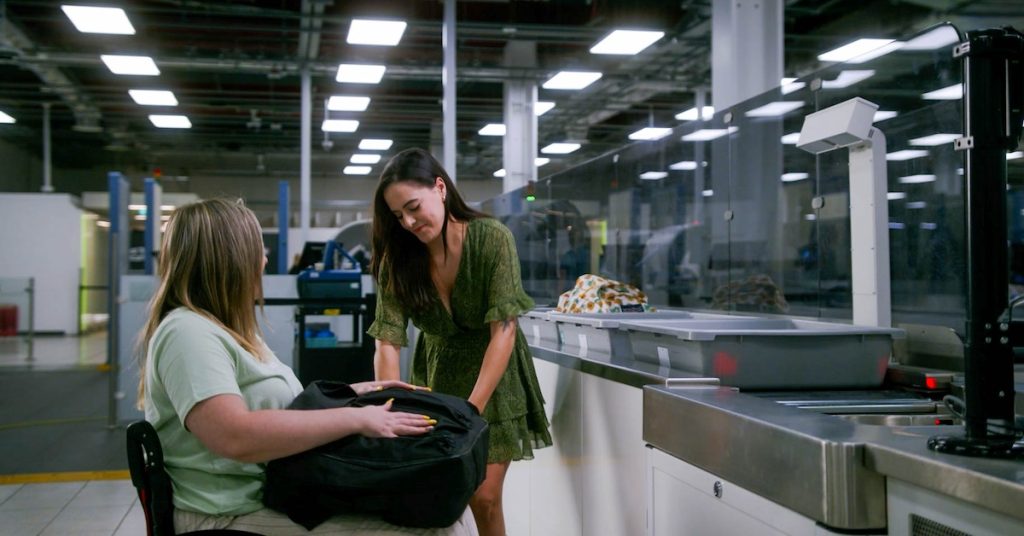Airports worldwide are facing renewed challenges as liquid restrictions are re-enforced due to security scanner inefficiencies.
The restrictions, stemming from European regulatory alerts, impact both airport operations and passenger convenience.
The Reinstatement of Liquid Restrictions
The recent reinstatement of the 100ml liquid restrictions at airports has perplexed both industry experts and travellers alike. The decision followed an alert from the European Commission regarding the inefficacy of existing security scanners, leading to a re-evaluation of safety protocols. Consequently, airports must enforce these measures until technological updates are validated.
Implemented on June 9 by the UK’s Department for Transport, these restrictions demand that travellers adhere to stringent liquid rules in hand luggage, akin to past regulations. The decision came as a blow to airports already invested in implementing cutting-edge scanners, a move originally touted to ease passenger experience.
Technical Hindsight and Industry Reactions
Reports indicate that certain configurations of the Explosive Detection Systems failed to meet performance standards, particularly in screening liquids, aerosols, and gels. As a result, operational constraints were imposed to limit liquid volumes, with the UK opting for the familiar 100ml limit to avoid further confusion.
The response from industry bodies was swift, with many expressing concern over the abruptness of these changes. Airports UK highlighted the substantial investments made to meet the government’s earlier imposed deadlines, while ACI Europe voiced concerns regarding the trustworthiness of the current certification processes.
Government vs. Industry: A Tenuous Relationship
The lack of communication from the UK government regarding the specifics of these failures has not gone unnoticed. Industry leaders speculate that this silence might be politically motivated, given the proximity to national elections.
Further complicating the matter, the government remains optimistic, describing the restrictions as temporary. However, insider projections suggest a protracted timeline for rectifying the scanner issues, necessitating extensive technical recalibrations and certifications. The interim period continues to challenge airport operations and passenger patience alike.
A major point of contention lies in the perceived insensitivity of the original government timeline. Despite warnings from the aviation sector about the feasibility of the proposed deadlines, the government pursued its agenda, leaving airports to grapple with the fallout.
Challenges in Implementation and Passenger Impacts
Airports such as Luton have begun deploying the new scanners, albeit with liquid restrictions intact. This dichotomy promises faster security checks in theory but often results in passenger confusion and delays, particularly when personal items such as toiletries exceed the mandated limits.
Passenger reactions have been mixed, with some expressing frustration over confiscated items. These confrontations highlight the immediate need for clear communications and customer service enhancements to manage expectations and avoid disruptions.
Economic Implications for Airports and Airlines
The financial ramifications of this policy shift are substantial. Airport representatives have underscored the premature timeline imposed for scanner installations, estimating investment costs at hundreds of millions.
With scanners eight times more expensive than their predecessors, the economic strain on airport operations is palpable. As the scanners’ certification awaits reevaluation, the uncertainty only exacerbates budget strains on both infrastructural and operational fronts.
Moreover, the increased cost of maintaining the sophisticated machinery casts a long shadow over future aviation security budgets, potentially influencing ticket prices and operational strategies.
The Road Ahead for Aviation Security
Despite current challenges, there is optimism that these technological advancements will eventually result in enhanced passenger experiences. Industry insiders reiterate their commitment to working alongside regulatory bodies to expedite recertification processes.
Interim solutions demand that airports maintain strict adherence to existing protocols while actively engaging in dialogue with the government to ensure timely updates. This collaboration aims to ultimately restore passenger confidence in aviation security measures.
To mitigate further disruptions, the call for a unified EU testing and certification framework has been strengthened, aligning security protocols across member states for a cohesive approach.
Looking Towards Resolution
While the ambition of eliminating the ‘era of the tiny toiletry’ remains, the current circumstances suggest that stringent liquid restrictions will persist into the foreseeable future.
With ongoing technical evaluations, liquid restrictions at airports signal a push towards strengthened future security measures.

